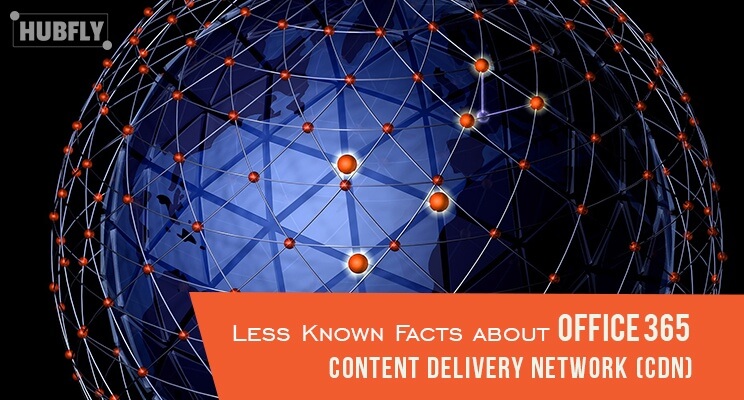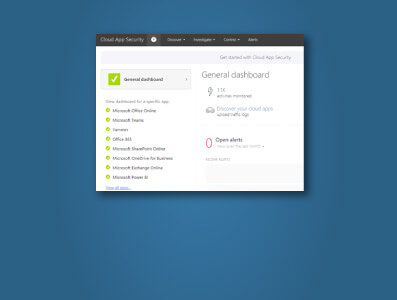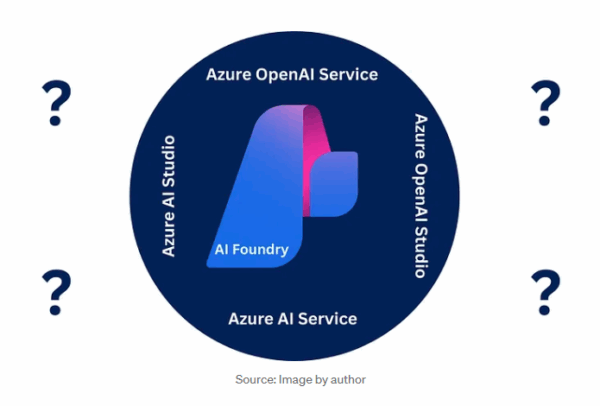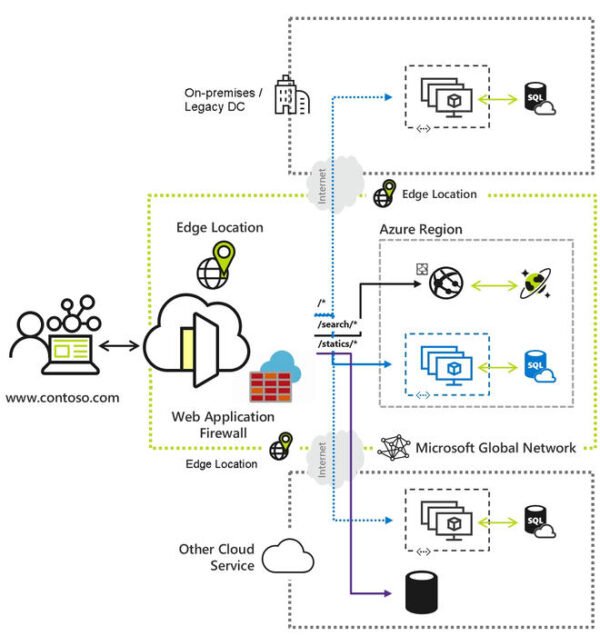
Less Known Facts about Office 365 Content Delivery Network (CDN)
With recent developments in the Cloud Space, CDN is getting more popular and no wonder, Microsoft has come to offer CDN capability for Office 365. In this article, let us briefly discuss the Office 365 CDN.
What is a CDN?
Content delivery networks or CDNs are used by most of the cloud/internet services. Cloud services or few websites have multiple users accessing a same set of content like images, icons etc. from multiple locations across the world.Its more efficient to put all these generic content as much closer to the users as possible. CDNs does this where such content is stored in multiple CDN datacenters that spread across the world.
Office 365 CDN
Microsoft provides a CDN capability as part of your Office 365 subscription which you can leverage to improve performance of your SharePoint pages. You can host all of your static contents/assets in this CDN. This works as a geographically distributed cache, by caching all these content closer to the user requesting them. It also allows you to host static assets in multiple locations or origins.
The best part is O365 CDN is included as part of your subscription and you don’t need to pay extra for it. But what you don’t get is the advanced confrontational options that you get with any CDN provider. But considering its simplistic operational efficacy, it is one of the best suitable option.
Office 365 CDN Types
There are 2 types of CDNs you get from O365: Public & Private
Public CDN
Assets hosted using a public CDN are accessible by anyone anonymously. For this reason, you should never host any files that are considered sensitive to your company.
Below are the steps how assets are hosted to a public CDN & accessed
i. Administrator enables public CDN at your O365 tenant
ii. Assets to be hosted over CDN are published to the SharePoint libraries that are configured as public CDN origins
iii. All the published assets are propagated to the CDN
iv. URLs pointing to the CDN is available to use within your SharePoint sites, pages & webparts
Thinks to be aware of:
i. Removing an asset from a public origin may take upto 30 days to clear from the CDN cache. But the links to the CDN will be invalidated within 15 mins
ii. Though you can hardcode a public origin URL to access your assets from CDN, its not recommended as if the CDN becomes unavailable it would not refer back to your SharePoint URL. Instead its suggested to use your SharePoint URLS and allow SharePoint to automatically rewrite the URL to CDN URL
iii. Assets with extensions .css, .eot, .gif, .ico, .jpeg, .jpg, .js, .map, .png, .svg, .ttf, and .woff are allowed by default and any new additions can be done by configuring the CDN
iv. It is possible to exclude certain assets that has been identified by site classifications you have specified.
Private CDN
Below are the steps how assets are hosted to a public CDN & accessed
i. Administrator enables public CDN at your O365 tenant
ii. Assets to be hosted over CDN are published to the SharePoint libraries that are configured as private CDN origins
iii. All the published assets are propagated to the CDN
iv. When an asset is requested by a URL, SharePoint automatically rewrites the asset’s URL to CDN URL
v. Assets must have a major version published and user must have access to the assets while the rewriting happens to access the asset successfully.
Thinks to be aware of:
i. Removing an asset from a private origin may take an hour to clear from the CDN cache. But the links to the CDN will be invalidated within 15 mins
ii. gif, .ico, .jpeg, .jpg, .js, and .png are the file types allowed by default for a private CDN. This can be updated by changing the CDN configuration
iii. Like public origins, we can exclude assets that have been identified by site classifications
Hope you now got a good idea of what a CDN is and what Microsoft offers as part of Office 365 CDN. Share your views, ask any questions in the comments section.

Chanakya Jayabalan
Written by Chanakya Jayabalan
Chanakya holds an MS from BITS, Pilani has over a decade of experience in Microsoft digital platforms both on-premises & on cloud, helping customers in the journey to make their digital transformation possible. His work involves architecting enterprise scale digital platforms & integrations by making right technology choices & solutions.
Reference:
Jayabalan, C. (2018). Less Known Facts about Office 365 Content Delivery Network (CDN). Available at: https://whitepages.unlimitedviz.com/2018/01/using-power-bi-to-report-on-person-fields-in-sharepoint/ [Accessed 27 Mar. 2018].










